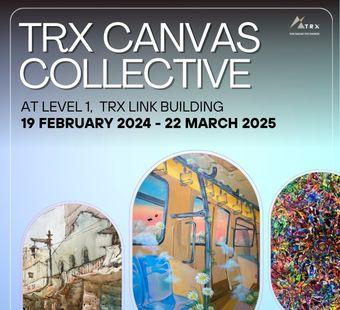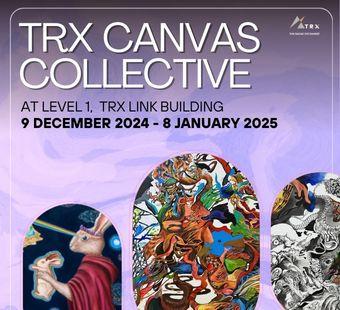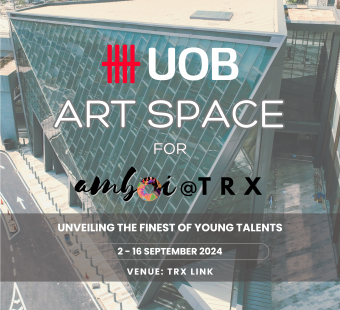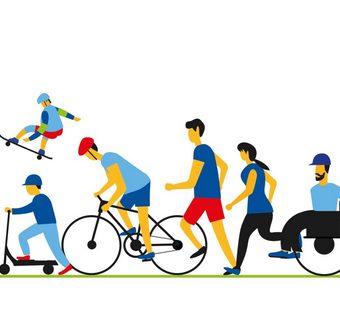“Looking 4 entrepreneurial product mgr/biz-dev killer 4 a location based service.. pre-launch, BIG equity, big peeps involved--ANY TIPS??”
This was the Tweet that set of the Global phenomena that is Uber in 2010.
The idea of requesting a car by pressing a button in San Francisco became a hit very quickly and spread all over the world, and by 2014, Malaysians were also on the bandwagon of ride-sharing.
Along with Uber, came Grab only four months later. And it is not an overstatement to say that three years on, these two applications have revolutionised the public transport industry in Malaysia.
In October, Grab, which started in Malaysia, announced that they have crossed 1 billion rides for six countries in SEA, and has now branched into e-payment solutions, where it kicked off its electronic wallet services, Grabpay, for restaurants and hawker stalls in Singapore. Uber has successfully launched its UberEATS, its food delivery on demand services, in Kuala Lumpur.
The shift in habit brought about by Uber and Grab not only changes the way KLites commute daily, it also has the potential to alter the topography of the city’s road network. It is estimated that congestion in Greater KL costs the economy up to 2.2% of GDP, and with more people sharing a car to work or the nearest LRT/MRT station, eventually, lesser vehicles are expected to be on the road. Indeed in 2016, it is said that 24 percent of Uber trips in KL begin or end at a train station.
With Malaysians having the third highest car ownership in the world at 93 percent, Uber and Grab services can potentially trigger a cultural shift away from the car ownership obsession. KL’s notorious congestion is another catalyse to this shift.
Grab had also recently proposed a plan to reduce congestion, including a system to provide free GPS data to help authorities manage traffic movement, and a collaboration with emergency services that will provide Grab with data that helps reroute its vehicles.
The rise of ride-sharing practices is slowly making more city dwellers cut the use of personal vehicles, which apart from creating smooth mobility, will also reduce the need for ample parking space.
One of TRX’s major agenda is to create seamless connectivity. The fully operational Tun Razak Exchange MRT station and ride-sharing services like Uber and Grab, herald a new era of accessibility in this part of the city.
Photo Credit: Emma Howard, The Guardian





